
Transit Briefs: MDOT MTA, NYMTA, STM, Skyline
Written by Marybeth Luczak, Executive Editor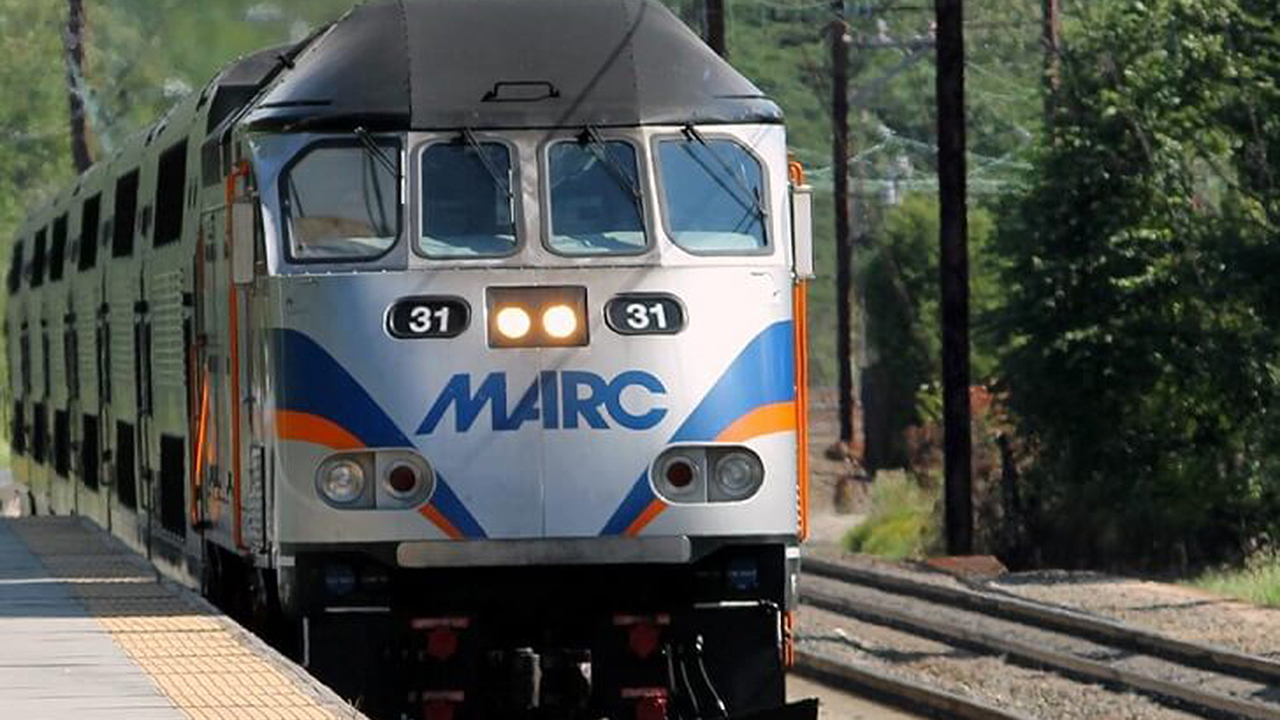
The Office of Customer Experience is now open at Maryland Department of Transportation Maryland Transit Administration, which operates local and commuter buses, Light Rail, Metro Subway, MARC Train service and a Mobility paratransit system. (Maryland DOT Photograph)
The Maryland Department of Transportation Maryland Transit Administration (MDOT MTA) launches the Office of Customer Experience. Also, New York Metropolitan Transportation Authority’s (MTA) capital repairs are slated to cost $43 billion over five years; Société de transport de Montréal (STM) is cutting operating budget costs in 2024 due to a shortfall; and an amended Full Funding Grant Agreement has been signed for Honolulu’s Skyline.
MDOT MTA
The Office of Customer Experience is now open at MDOT MTA, which operates local and commuter buses, Light Rail, Metro Subway, MARC Train service and a Mobility paratransit system. This new department is focused on “improving how riders experience transit services at each stage of their trip,” MDOT MTA reported Feb. 1. The Customer Experience Office will integrate performance management data, rider experience studies, and real-time information “with the goal of creating impactful improvements for riders,” it said.
MDOT MTA said the office has created a Customer Experience Dashboard, replacing the Performance Improvement webpage, which launched in 2019. The new dashboard will allow the public to track multiple service performance indicators, including on-time performance, ridership, service delivered, real-time information availability, and operator hiring efforts. The dashboard will be updated regularly with additional metrics based on rider feedback.
Michael Helta has been promoted to lead the department as Chief Customer Experience Officer. With more than a decade of experience at Maryland Transit Administration, he has headed the Capital Programming, Project Development, and Innovation offices. Helta recently led the implementation of the agency’s real-time passenger information system across all transit modes.
Roxana Beyranvand has also joined the team as the agency’s first Director of Rider Experience. She was most recently with Baltimore City’s Office of Innovation and Performance.
According to MDOT MTA, the Office of Customer Experience in 2024 will lead the implementation of projects to gain rider feedback, including focus groups, internal riding campaigns, experience surveys, a rider liaison program, and other initiatives, so that it can “gain a better understanding of transit riders and how to improve their experience before, during and after their ride.”
NYMTA
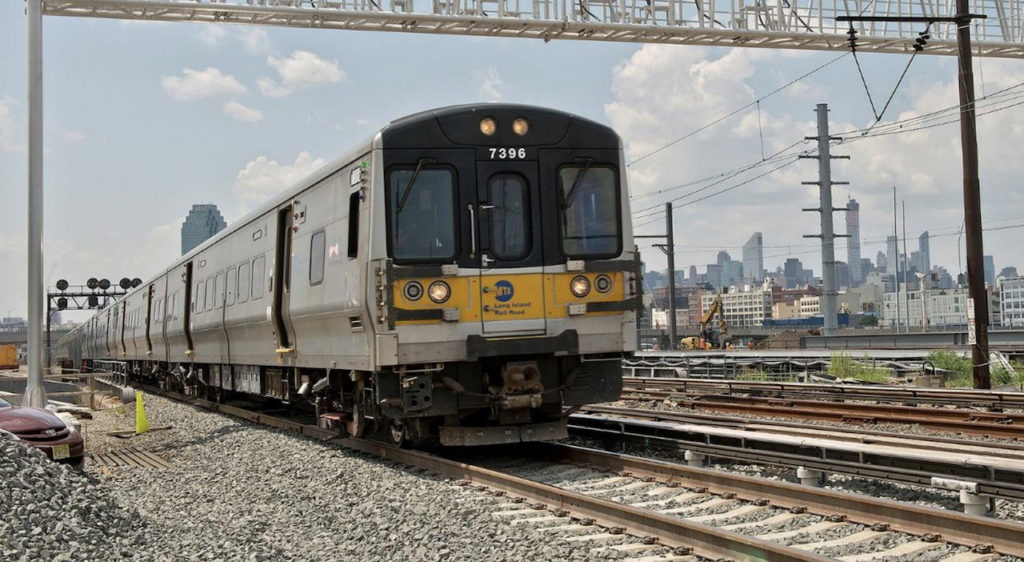
A New York State Comptroller report has found that an estimated $43 billion in capital repairs will be needed for New York MTA’s public transportation infrastructure over the next five years, Bloomberg reported Feb. 1.
According to the media outlet, MTA will release its 2025-29 capital budget in September; its current $51.5 billion capital budget allocates some $41 billion to state-of-good-repair work.
“The list of repairs and upgrades needed in our regional transit systems can seem endless, but funds are limited,” Comptroller Thomas DiNapoli’s said in a statement, according to Bloomberg. “As the MTA prepares its next capital plan and sets priorities for work, it should remain focused on riders’ experience by improving safety, reliability and frequency of service.”
DiNapoli’s report was based on MTA’s 20-year needs assessment, which was issued last fall, Bloomberg said. “New York City’s subway system is more than 100 years old, with most of its signals in need of upgrades to reduce train delays,” Bloomberg reported. “It has more than 6,500 subway cars, 39% of which are more than 30 years old, according to DiNapoli’s report.”
In 2013, MTA estimated that an inflation-adjusted $1.6 billion would be needed for shops and yards through 2024, the report found, according to Bloomberg, and “[s]ince then, only $315 million of work has been completed on those assets, with another $187 million committed, DiNapoli said.”
According to Bloomberg, MTA’s current capital budget “relies on revenue from congestion pricing … [and the] transit agency will borrow against those receipts to raise $15 billion. Drivers could start paying the new toll as soon as June, although ongoing lawsuits may delay the plan.” Transit system upgrades could be “at risk,” according to MTA, if there are any “significant delays,” Bloomberg reported.
STM
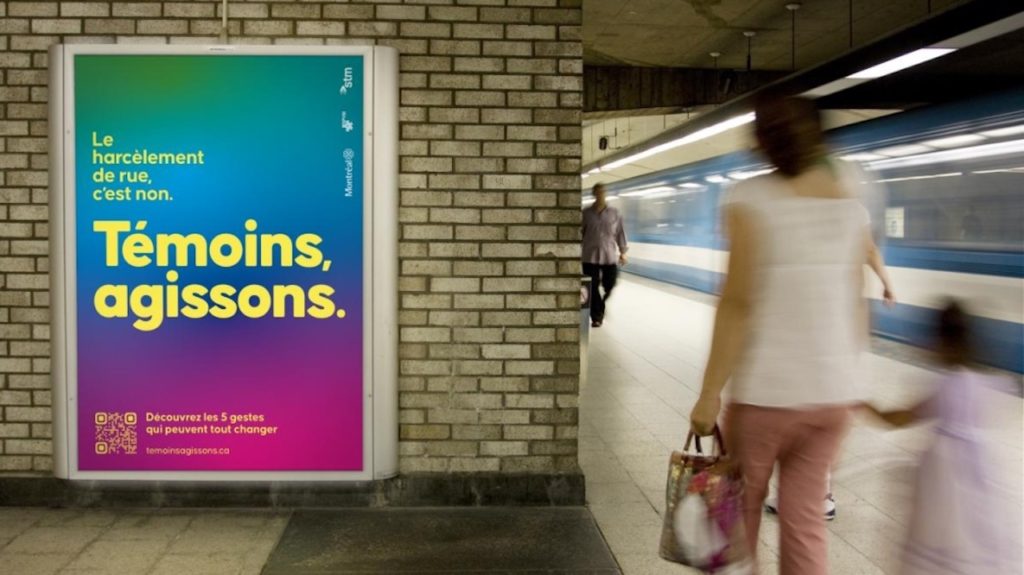
The CBC on Feb. 1 reported that STM, Montreal’s transit authority, will slash 230 jobs to reduce spending, but the move will not affect Metro and bus services.
STM needs to trim its 2024 operating budget due to an “expected deficit” of C$46 million, according to the news outlet, which noted that up to C$36 million will be “freed up” by reducing payroll (C$25 million or 4% of payroll) and spending on “goods and services” (C$9 million or 2% of the budget). Metro and bus driver positions are not affected; executive and administrative-sector employee jobs will be cut and 70% of the eliminated positions are already vacant, STM CEO Marie-Claude Léonard said during a news conference, according to CBC. Additionally, STM will make a C$2 million “adjustment to the special operating budget for certain projects,” CBC reported.
STM said it has “already saved more than [C]$50 million for its 2024 budget by reviewing the organization’s structure, integrating a cost-cutting plan and optimizing services,” CBC reported.
STM in 2022 made budget cuts of C$27 million; cuts reached C$52 million in 2023, according to CBC.
“It is certain that we fear for the service offering for 2025,” said Léonard, according to CBC. “It is certain that no matter how hard we turn over all the stones to find cost reductions, there is a limit to what a transportation company can do.”
According to CBC, STM “is committed to generating [C]$100 million in recurring expenditure reductions over the next five years without affecting the level of service to customers.”
“Of course, we won’t be able to keep making these kinds of budget cuts every year,” said Léonard, according to CBC. “The STM can’t solve the whole issue of how we fund public transit on its own. We need to be able to count on predictable sources of revenue over the long term so that we can better plan our service offering and our needs with regards to network modernization.”
Skyline
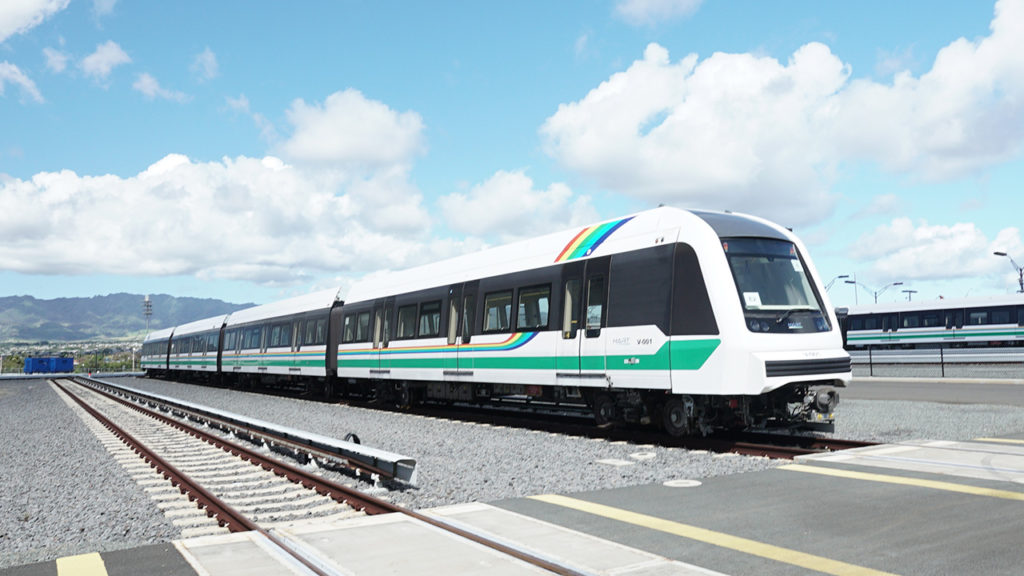
HawaiiNewsNow on Feb. 1 reported that Honolulu Mayor Rick Blangiardi has signed an amended Full Funding Grant Agreement with the Federal Transit Administration, releasing $744 million to complete the autonomous (driverless) Skyline rail system to Kakaako.
According to the news outlet, the original 2012 agreement was for $1.5 billion, “[b]ut funding stopped in 2017 after HART [Honolulu Authority for Rapid Transportation] only received a little over half of the money. Federal authorities halted payments amid rail building, planning and management concerns.”
With the new agreement, $125 million is now available and the remainder will be provided in four phases, HawaiiNewsNow said.
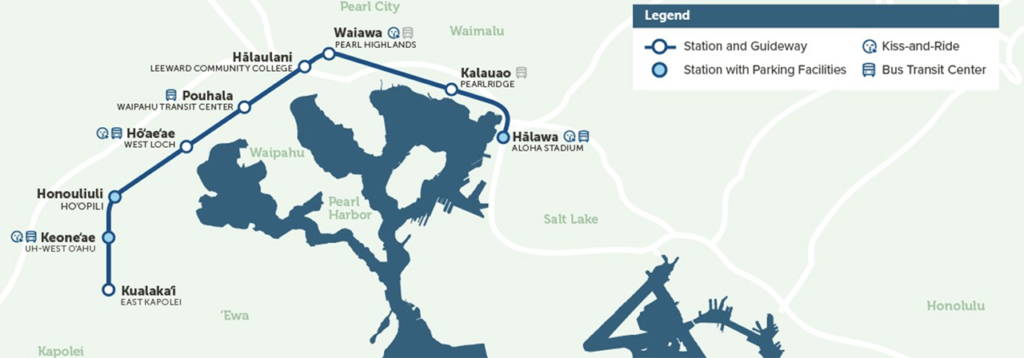
“This is a big win that will deliver millions in federal funding to complete Honolulu’s Skyline,” said U.S. Sen. Brian Schatz, D-Hawaii, according to the news outlet. “It was a long and difficult process, but HART and the city have worked hard to provide more accountability and get this project back on track. I will continue to work with our federal and state partners to make sure that we complete this project for the people of Honolulu.”
“This crucial step paves the way for completing the initial phase of Skyline, to the Civic Center station in Kakaako,” Honolulu Mayor Rick Blangiardi said in a statement, according to HawaiiNewsNow.



